Viola Vittroca is an old and well-known plant, this flower belongs to the violet family. This flower is mainly cultivated as an annual or biennial plant, but if divided regularly, it can be perennial.
Today we will tell you what varieties of Vittrock viola exist, what are the features of growing and planting viola from seeds, as well as caring for this flower. In the material you will see a photo of some varieties of viola.
Content
Key features of Viola Wittrock
This flower includes a large number of varieties and variety groups. This type of viola is one of the most popular. It is obtained as a result of crossing such types of varieties as:
- Altai;
- yellow;
- tricolor, etc.
The flower is bushy bush about 30 cm high... Its flowers are large and have a diameter of about 11 cm, they have an irregular shape and can have different shades. Viola petals of the same tone are very rare.
Viola varieties of Wittrock are combined in series such as:
- Rococo;
- Bambini;
- Swiss giants.
Viola varieties, their description and photos
Below are descriptive characteristics of some varieties of viola:
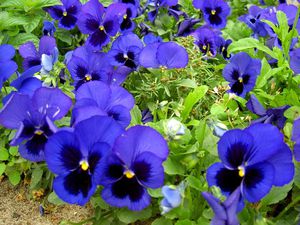 Blue is a plant about 20 cm in height, flowers are blue-violet, on three petals there are dark spots with a diameter of 6 cm;
Blue is a plant about 20 cm in height, flowers are blue-violet, on three petals there are dark spots with a diameter of 6 cm;- Carnivel Orange - the flowers of this variety are orange, and the height ranges from 15 to 20 cm;
- Golden Crown is a plant up to 20 cm in height with yellow flowers, which have brown spots on some petals;
- Lord Beaconsfield - the flowers of such a viola are oval-rounded and have a violet-blue tint. And the upper petals are blue-white, the lower ones are dark purple with a lilac border around the edges;
- Meritzauber is a viola that grows up to 20 cm in height, flowers up to 6 cm in diameter have a dark purple color and a velvety structure;
- Red - white flowers, yellow at the base of the petals;
- Vintesonne - in height such a viola can reach 30 cm, and in diameter - 80 cm, respectively. The leaves are pointed and broadly oval, their center has a creamy yellow tint, and the edges are blue-green, the flowers themselves are white;
- Yellow is a lemon-yellow plant with a more orange tint at the base of the lower petals.
Growing Viola Wittrock
When planting a viola, you need to know its main characteristics:
- cold resistance;
- tolerates shade well;
- is neutral to the length of daylight hours.
Mostly flowers are good develop both in partial shade and in the sun... It is worth remembering that in very hot weather in the sun, the plant stretches out, and the flowers appear too small. The optimum temperature for growing viola is about 15 degrees. When grown in partial shade, flowering will be longer but less abundant.
Viola is planted in such soils:
- fertile;
- loamy and sandy loam;
- well drained.
Viola will not bloom on dry soil, and the flower needs good watering in the heat. It also needs to be protected from drafts. Viola is good at transplanting during flowering. It is not recommended to land in lowlands where there is stagnant melt water... Also, the flower does not really like fresh organic fertilizers.
Despite all that has been said, Viola is not too whimsical in terms of care and gives good self-seeding.
How viola reproduces
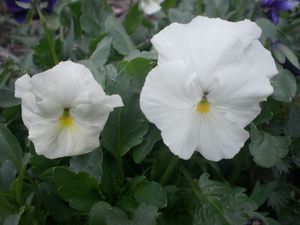 Viola of this species is able to reproduce in such ways as:
Viola of this species is able to reproduce in such ways as:
- dividing the bush;
- seeds;
- grafting.
The best way to grow biennial plants is through seedlings. We will talk about this below.
Planting flower seeds for seedlings
Planting seeds for seedlings makes it possible for the plant to bloom in the middle of summer. But if you sow seeds directly into open ground in June, then you will see flowers only at the beginning of the next season.
You can start growing viola from seeds in February. First you need a seed for a day soak in a solution with a biostimulant, eg:
- "Epinom";
- "Zircon";
- "Heteroauxin".
Dilution of liquids must strictly comply with the instructions for a particular product.
Next, prepare containers for seedlings and fill them with a special substrate for violet plants. Then we do the following:
- mark the furrows;
- sow ready-made seeds;
- pour with settled water;
- sprinkle the seed with soil;
- cover containers with glass or transparent film;
- place them in a room where the air temperature is about 15 degrees.
First shoots and picking
In about a couple of weeks the first shoots appear... At the beginning of germination, the film or glass must be removed, and the containers themselves must be placed in a cool and lighted place with an average temperature of about 10 degrees. Caring for the plant at this time is as follows:
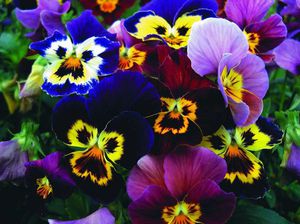 water the seedlings regularly with warm water;
water the seedlings regularly with warm water;- fertilize them with a complex seedling agent every two weeks;
- when the first true leaves appear, the seedlings need to be dived into separate pots. All this happens about a month after germination.
If the viola seedlings are growing intensively enough, they need to be dived again, but, as a rule, one transplant is enough.
When should the plant be transplanted into open ground?
Planting viola seedlings in open ground should be thought out depending on the climate of your region. As a rule, the transplant is carried out at the end of April or May. The most important thing is to plant the flower after the end of the period when there are night frosts. Fragile flowers do not always tolerate such sudden temperature changes.
Transfer to soil is carried out like this:
- place the seedlings in the holes at a distance of 15 cm from each other;
- sprinkle the roots with earth;
- compact the soil around the flower;
- water well.
Perennial plant varieties tend to grow and lose their attractiveness over time. They can be propagated by cuttings.
Features of caring for viola in the open field
After you have transplanted the flower into open ground, you need follow fairly simple rules for caring for him:
 loosen the soil regularly;
loosen the soil regularly;- remove sprouted weeds;
- taking into account the development of shallow root system, control the moisture level. When the weather is dry, the soil must be moistened;
- to prolong flowering, do not forget to cut off the faded buds;
- feed the plant.
Viola blooms will be simply magnificent if once a month you fertilize it with ammonium nitrate or superphosphate at the rate of 30 grams per square meter of soil.
Compliance with all the rules of planting and cultivation is the key to beautiful flowering in the future.
Seed collection
The viola seed left on the peduncles ripens in mid-August or early September. After the flowers wither, small bolls appear, which contain small brown seeds.It is important not to miss the moment when they begin to ripen, because the pods can open and scatter the seeds. When the seed pods are facing up, the seed is ready to be harvested. They should be cut, the seed removed and spread out to dry. Then they are taken to the basement or refrigerator for subsequent stratification.
If the boxes filled with seed are not specially removed, then the seeds will sift themselves, and you will eventually see spontaneous seedlings throughout the site. In such cases, seedlings should be planted in prepared areas without preliminary seedlings.
Viola care in winter
Despite the fact that viola is resistant to cold weather, in too severe frosts it must be covered with foliage from trees or spruce branches. As a rule, this applies to regions where the average temperature in winter drops below 30 degrees below zero.
Dangerous diseases and pests for the flower
The most common diseases viola is exposed to are:
- root rot;
- gray rot;
- powdery mildew;
- rust;
- spotting;
- blackleg;
- variegation;
- annular necrotic spotting.
Diseased plants must be removed immediately to deprive the plant of the source of infection. Then you need to dig up the soil well.
As for pests, but the danger in this case is:
- caterpillar of the clover moth;
- violet mother-of-pearl.
Both pests eat plant leaves very quickly. To eliminate them, insecticides are used, a solution of chlorofos, tobacco infusion or karbofos is sprayed.
Viola Wittroca in landscaping sites
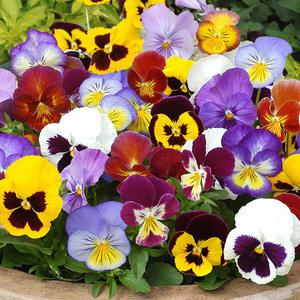 Viola has so many varieties that it can be easily used to create flower beds of different styles. Early flowering allows these plants to be widely used for spring decoration of gardens, parks, decoration of rabatki, partners, borders or flower beds. Viols are often used in leading positions in mixborders, next to stones in rockeries, on slides, in group plantings on the lawn.
Viola has so many varieties that it can be easily used to create flower beds of different styles. Early flowering allows these plants to be widely used for spring decoration of gardens, parks, decoration of rabatki, partners, borders or flower beds. Viols are often used in leading positions in mixborders, next to stones in rockeries, on slides, in group plantings on the lawn.
Very often, with their help, they form trunk circles next to trees, container compositions that are installed on windows, loggias and balconies.
We can conclude that Viola Vittroka is an incredibly beautiful flower, unpretentious in maintenance and simple in terms of planting, capable of decorating any interior of a park or garden. And the long duration of the flowering of this plant will certainly not leave indifferent any of the lovers of green pets.
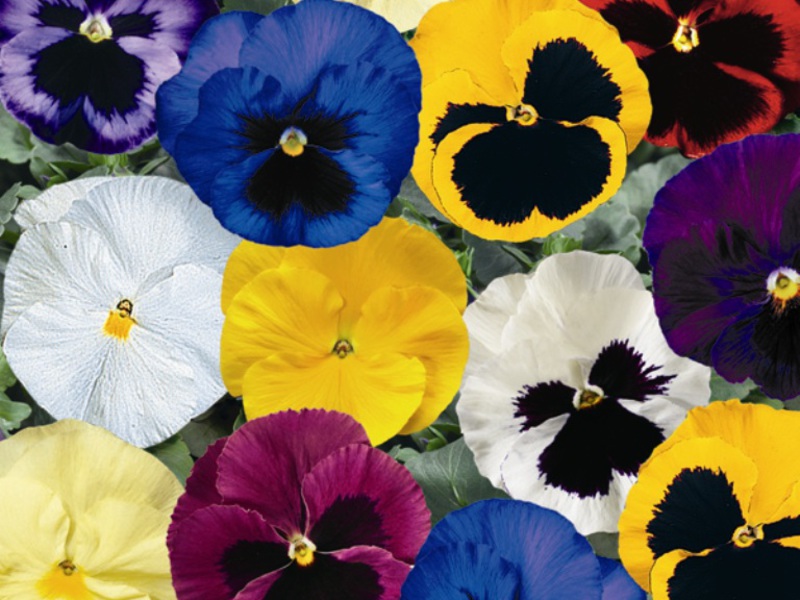
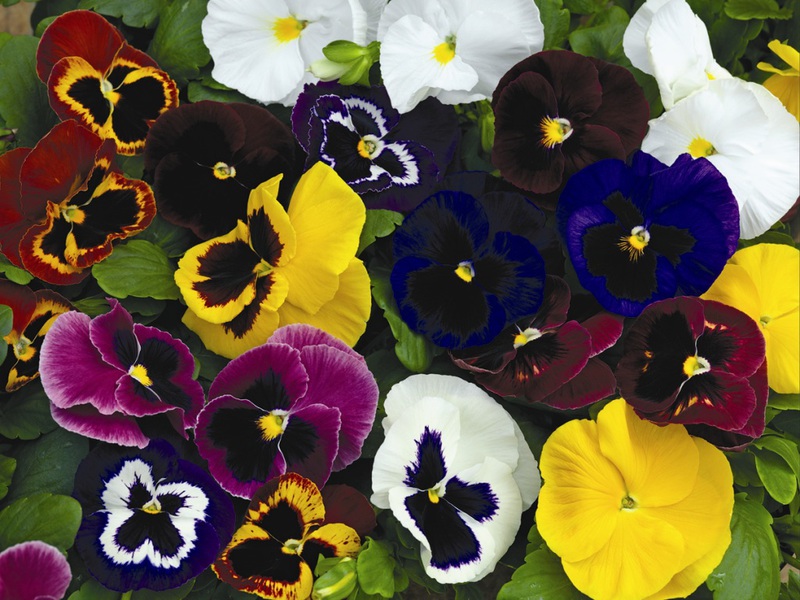
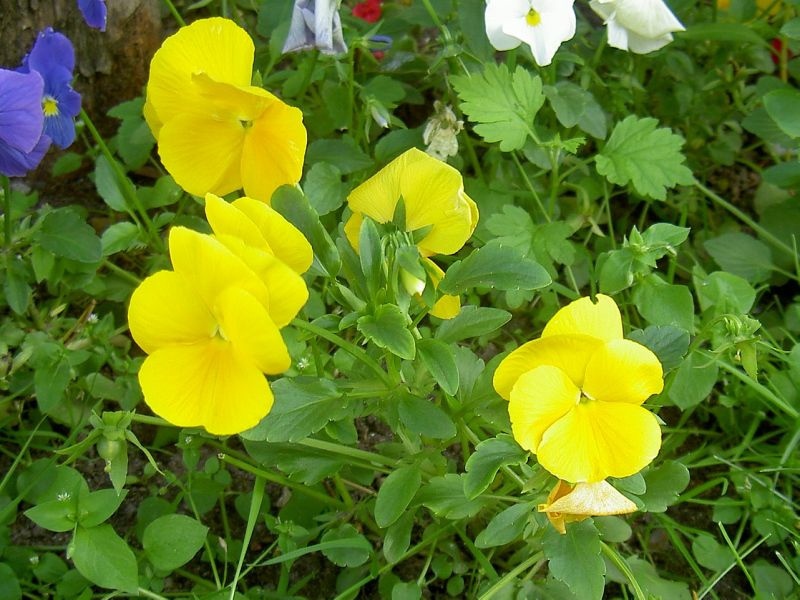
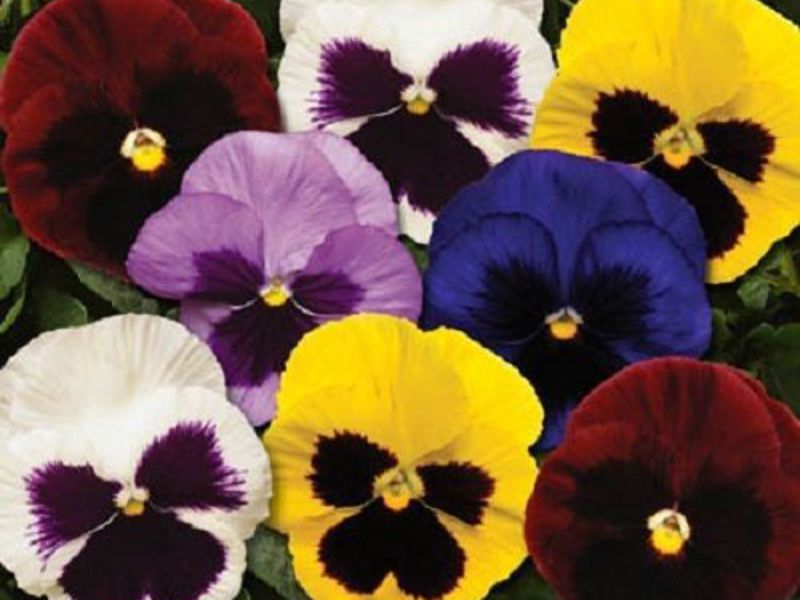
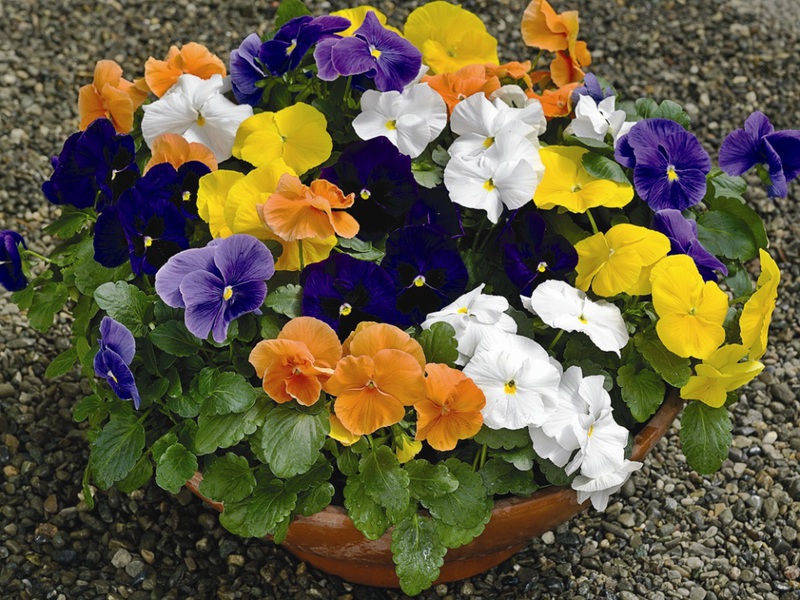
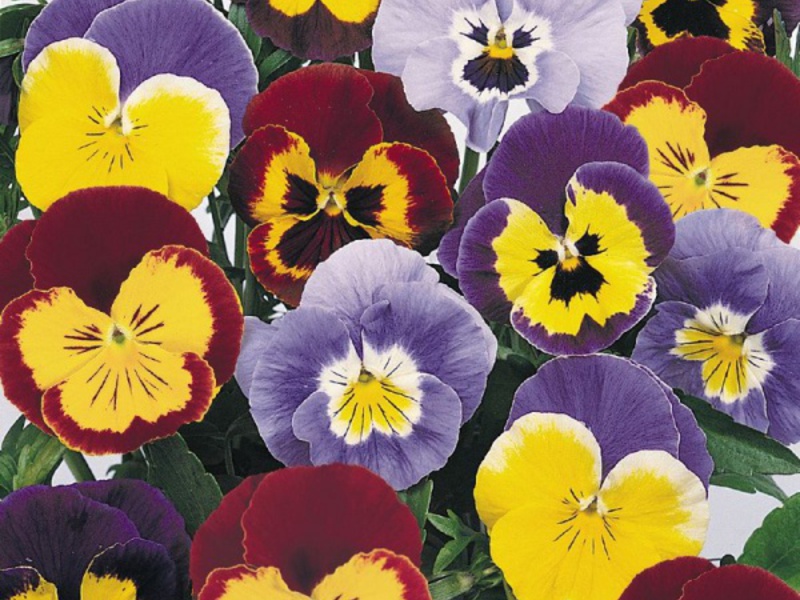

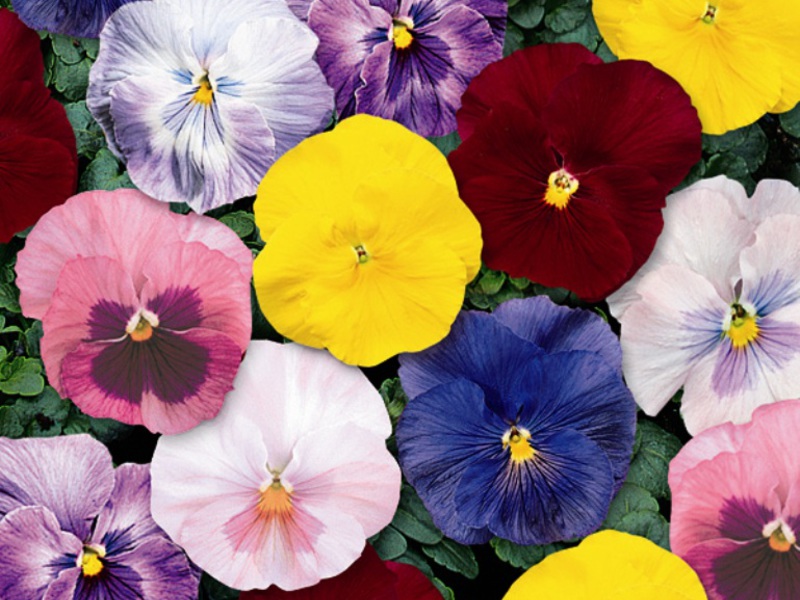

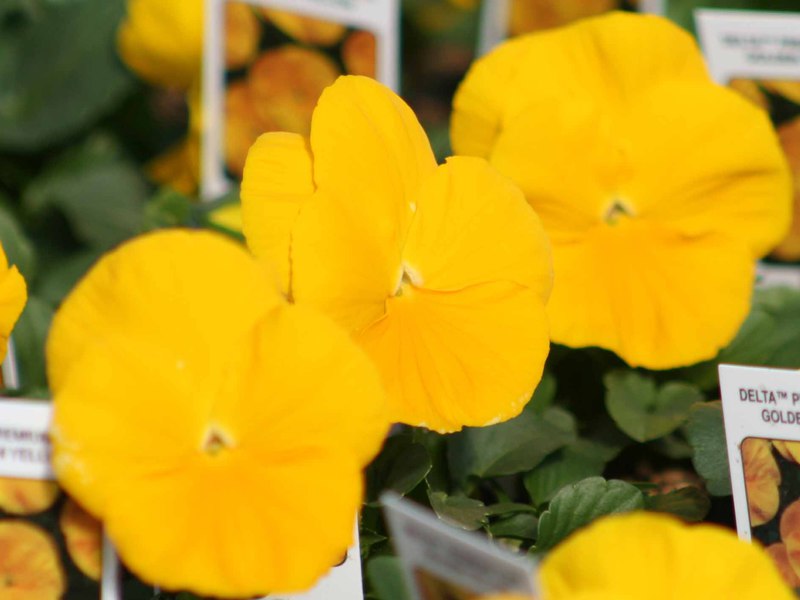
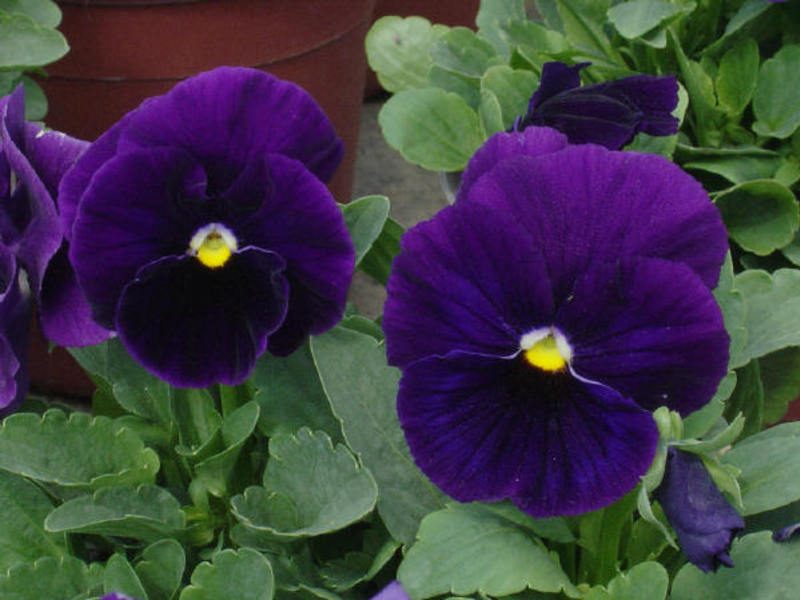
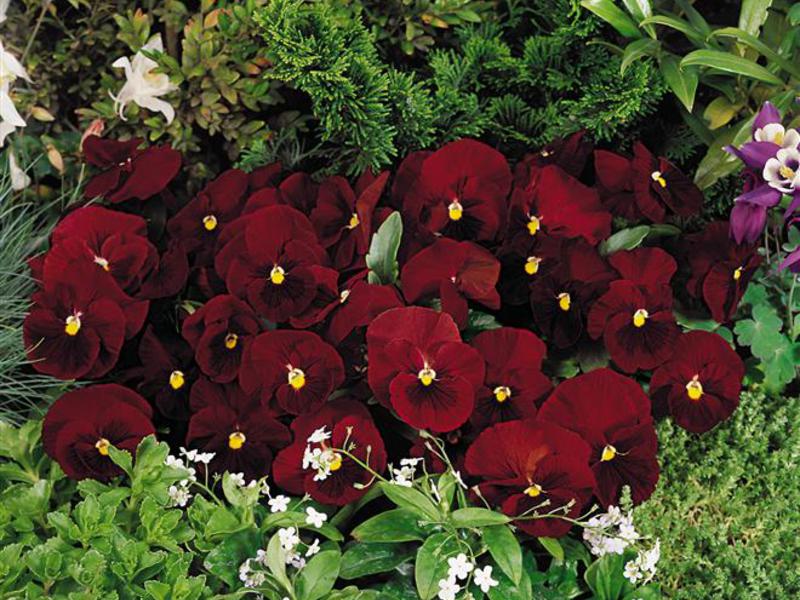
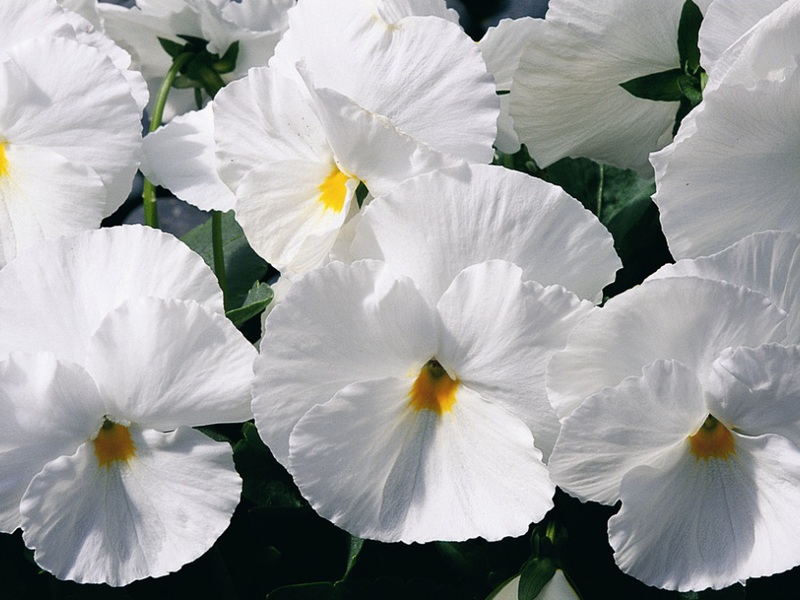
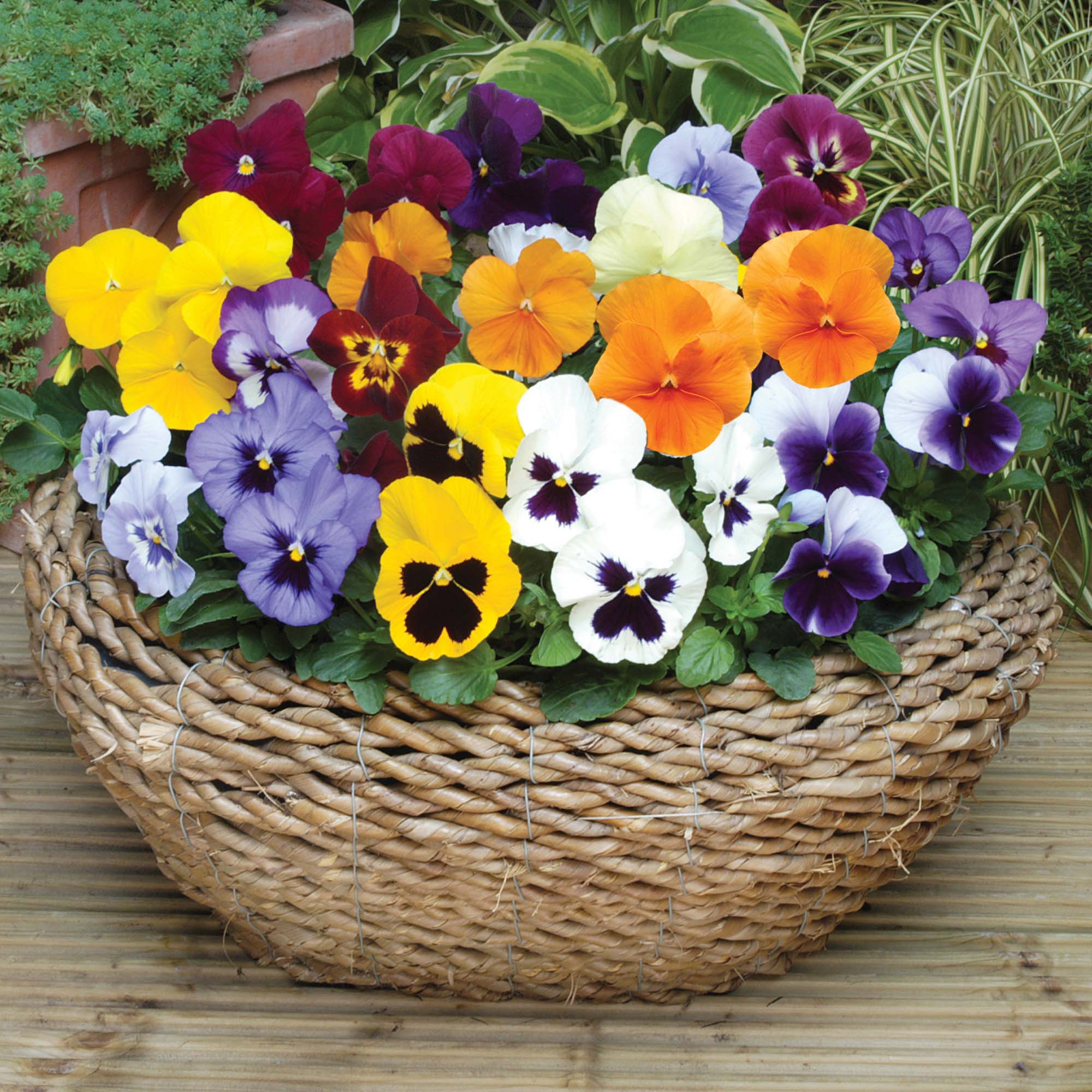
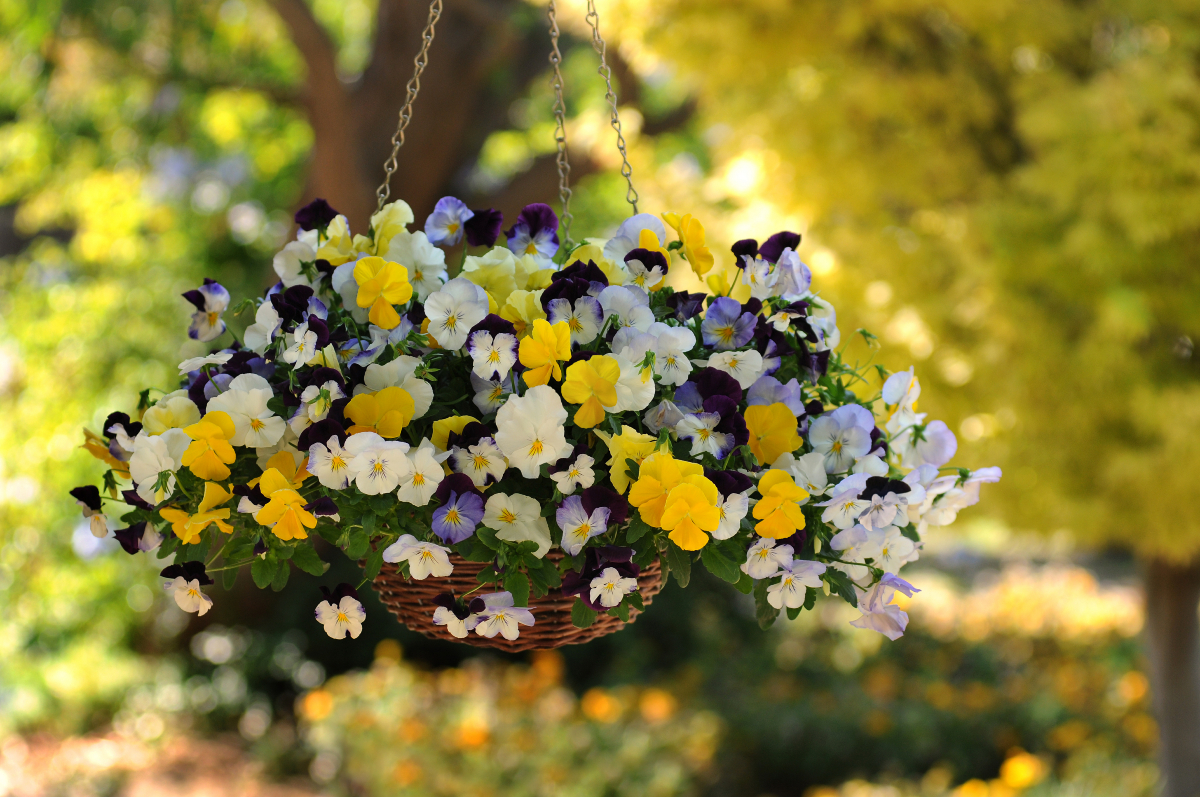
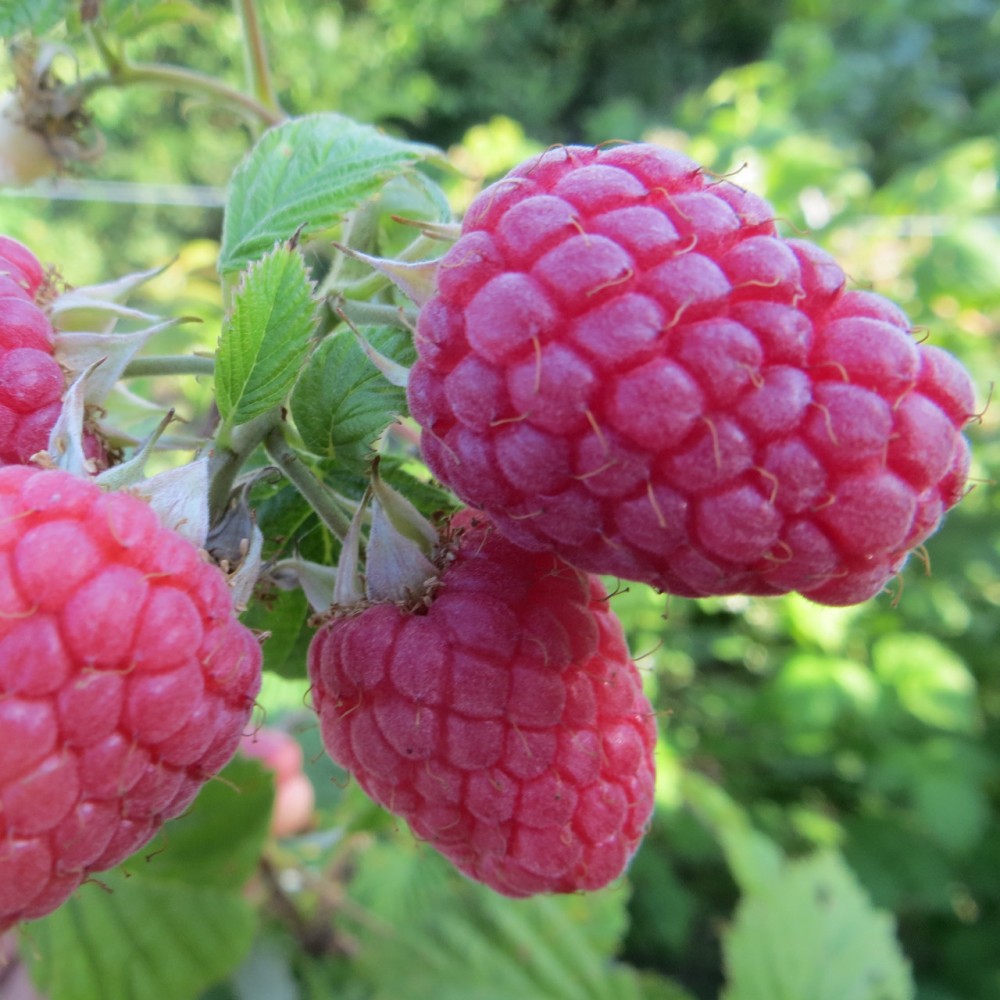
1 comment